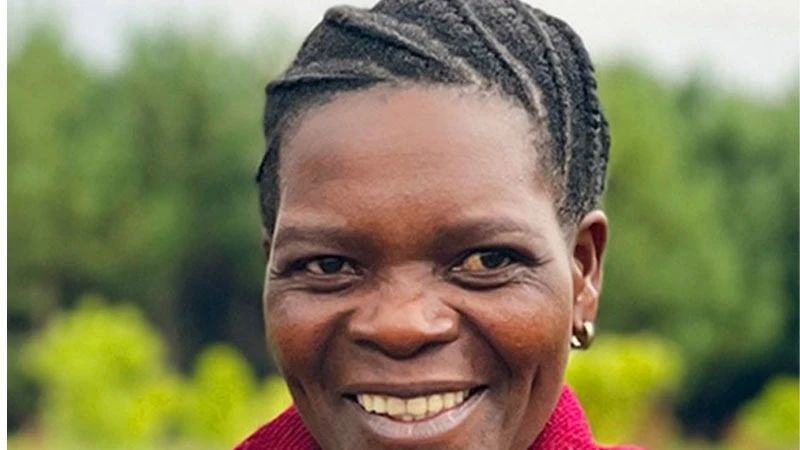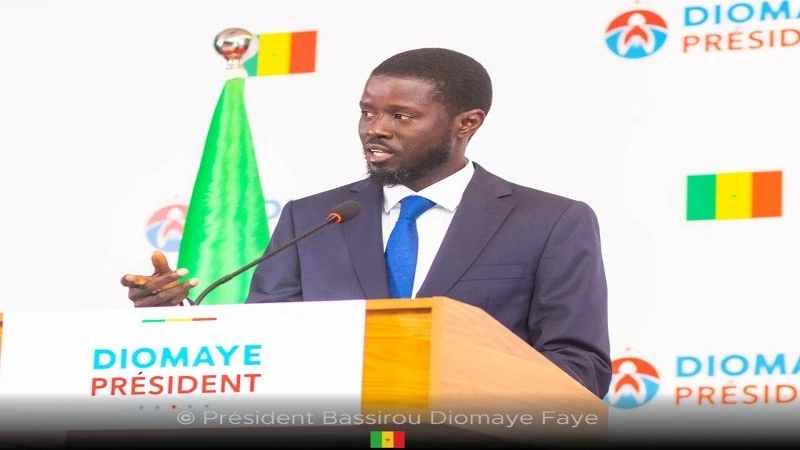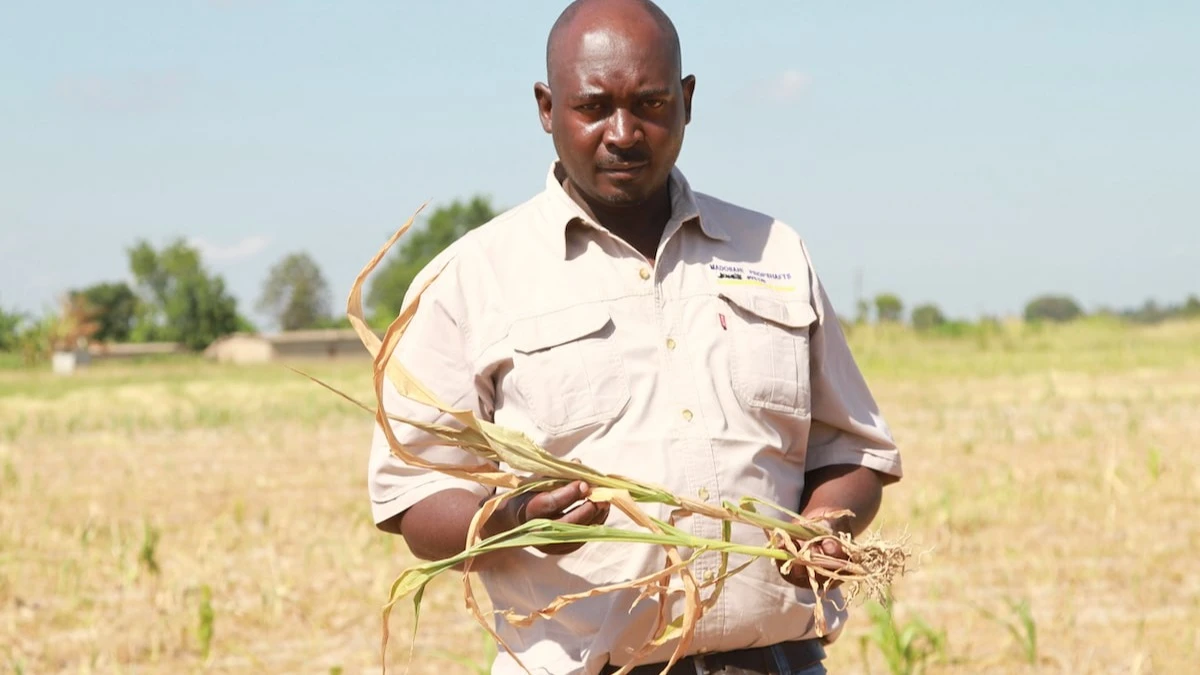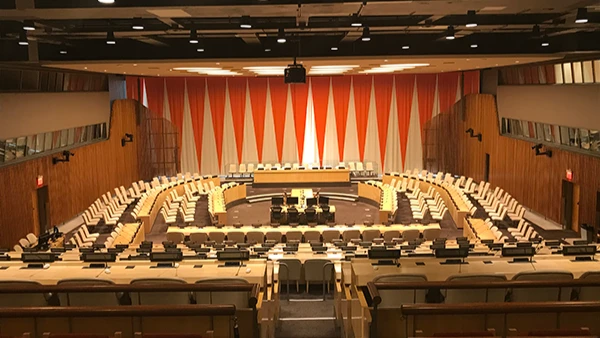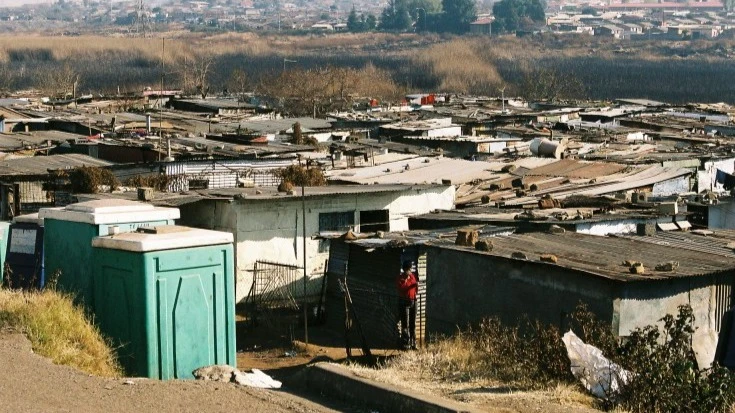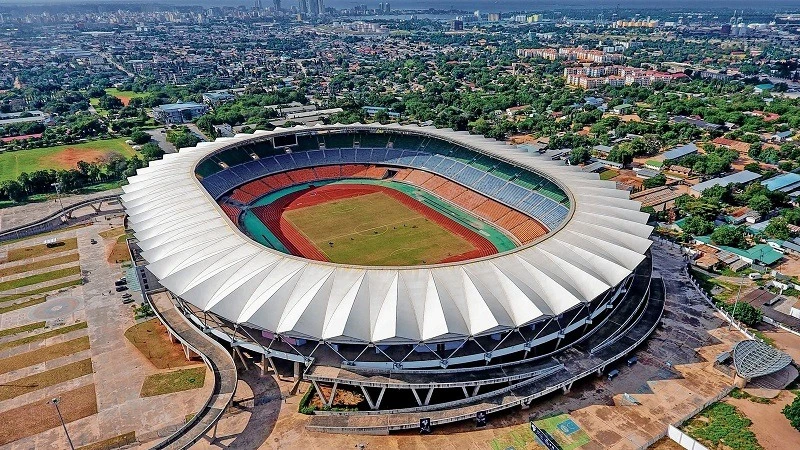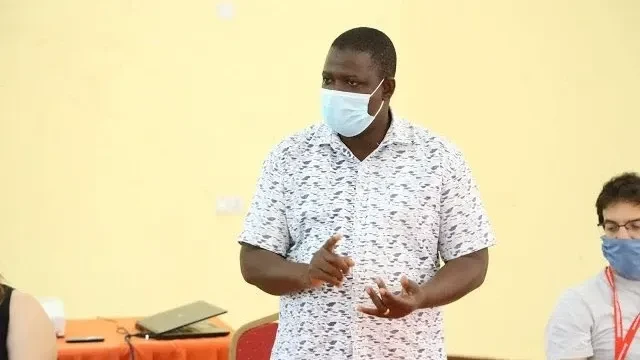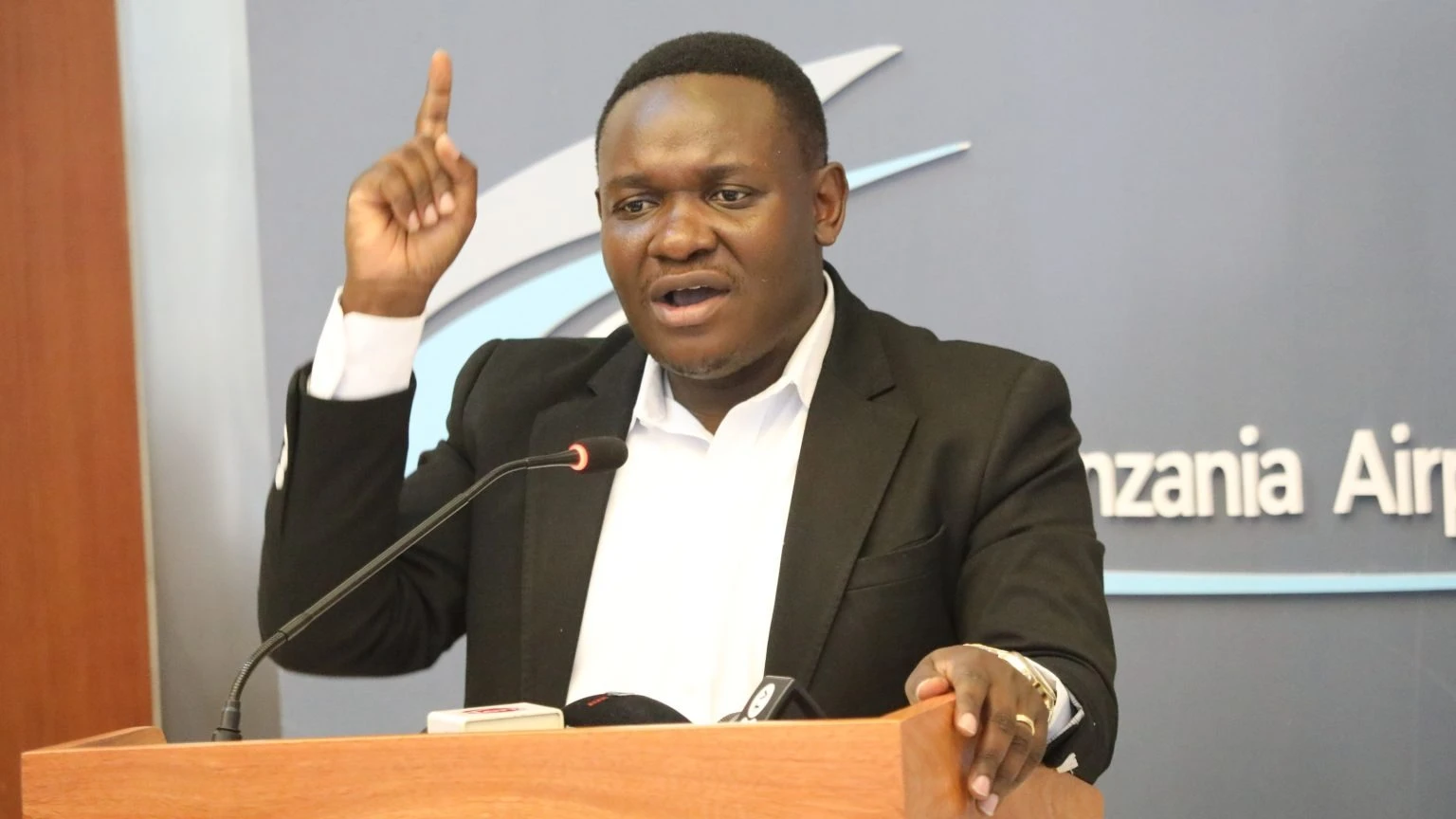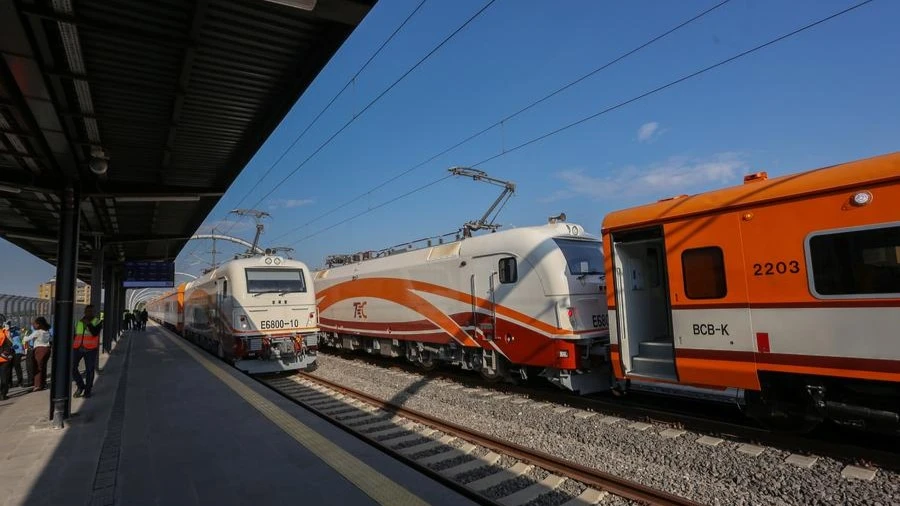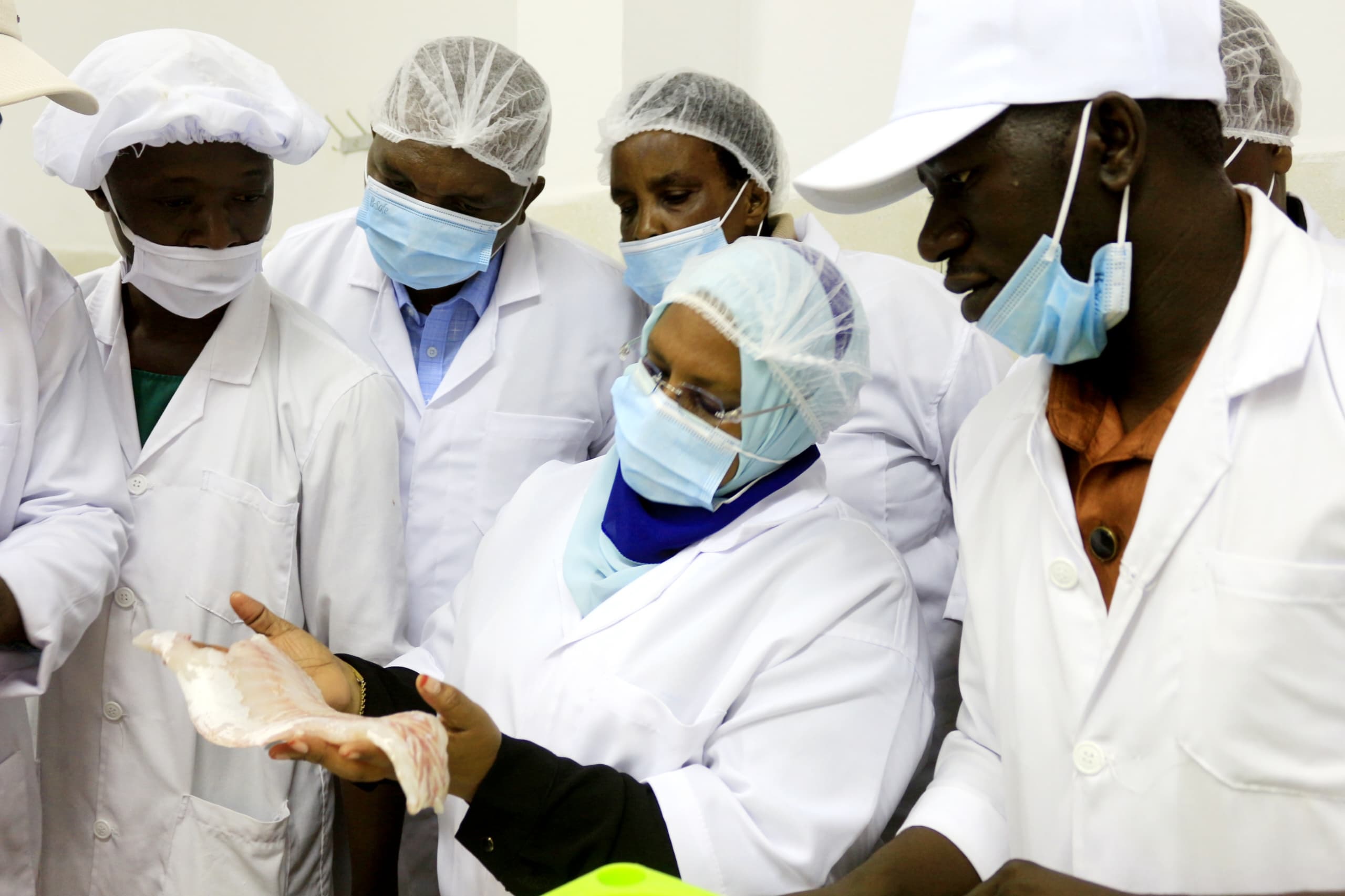Africa leading in next-gen drone technology trials
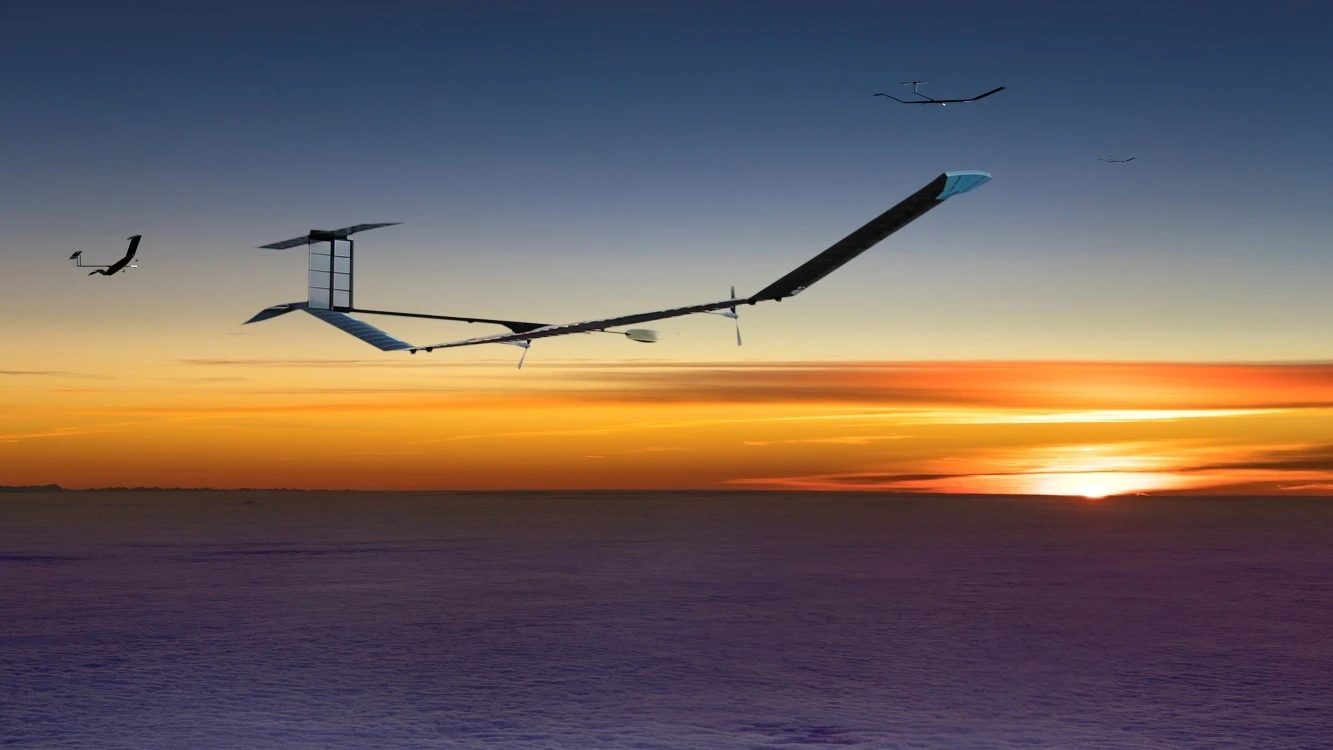
AFRICA has become an attractive testing location for drones. In Kenya, Airbus subsidiary AALTO is testing high-altitude drone ‘Zephyr’. Tom Guilfoy, Country Manager for AALTO, spoke with drone pilot Lakoi Takona on establishing a hub in Africa and how the drone technology can help Africa. Here are the key excerpts from their conversation:
Who is Tom Guilfoy?
I am the Country Manager for Kenya and Vice President of AALTO Port, where I oversee AALTO’s market entry, company setup and operations in Kenya. Kenya has been selected as the first launch and landing location for our drone Zephyr, a solar-powered, stratospheric High-Altitude Platform Station (HAPS).
Before joining AALTO, I served as an executive at Metrea (formerly Meta Aerospace), where I specialized in contractor-owned and operated aircraft (COCO) solutions for national security stakeholders. I am also a veteran of the United States Navy and have served on several non-executive boards and commissions.
Why was Kenya chosen as the location for the first AALTO Port?
A comprehensive in-house global meteorological study identified Kenya as an optimal location, due to favourable weather and nearly 10 months access to the stratosphere. Kenya is also a high-tech, green economic leader in Africa with a skilled workforce, making it highly attractive for foreign direct investment.
Establishing a permanent launch and landing location has been a priority since the AALTO spin-off from Airbus, to facilitate the industrial and commercial roadmap of the Zephyr drone. We need regular access to the stratosphere to complete the aircraft’s development.
AALTO is committed to making long-term investment in Kenya over the next three to five years, supported by strong partnerships with national and local stakeholders.
Tell us more about the drone ‘Zephyr’, including its capabilities, and what are High-Altitude Platform Stations (HAPS)?
HAPS are unmanned air vehicles that can hold a fixed position in the stratosphere, typically operating between 60,000 - 80,000 feet. They offer continuous coverage and flexibility, functioning similarly to satellites but at a fraction of the cost.
AALTO’s Zephyr is fixed-wing HAPS with a wingspan similar to that of a passenger jet (25 meters), yet it weighs only 75 kg. Powered entirely by solar energy, Zephyr can stay aloft for months at a time; its current flight-time record is over 64 days in the stratosphere.
As a versatile platform, Zephyr can support various applications, including low-latency 5G direct-to-device (D2D) connectivity, as well as high-quality earth observation services. These capabilities enable solutions in mobile Greenfield connectivity, disaster management, border protection, and precision agriculture.
Our clients include government and commercial sectors across Europe, Asia-Pacific and the Middle East.
Zephyr adds a unique dimension to complement existing communications infrastructure, adding a new capability layer from the stratosphere.
How has the journey been so far in establishing a hub in Africa?
As with any new technology, our initial focus has been on engaging key partners to educate the regulatory communities about Zephyr and our goal to position Kenya as a leader in stratospheric innovation.
Kenyan authorities, led by the Kenya Space Agency and the Kenya Civil Aviation Authority, have demonstrated a visionary approach by recognising the potential of HAPS technology’s potential for resilience planning, connectivity, and observation.
After several months of discussion with the regulatory bodies, the military, and various government agencies in aviation, communications and space, AALTO has secured the necessary approvals to conduct experimental testing. This makes Kenya a first mover on HAPS technology that is growing increasingly in demand.
Additionally, we are considered part of the Kenyan government’s Africa Green Industrialisation Initiative (AGII), programme by President William Ruto to drive African agency in the energy transition. Companies involved in AGII for a key part of Kenya’s investment ecosystem.
What are your future plans for Africa after the first successful drone tests?
Our vision for the AALTO Port in Kenya is to establish a hub for stratospheric technology in-country. This will include land, infrastructure, a purpose-built runway, a hangar, a final assembly line, an operations centre, and an administrative hub in the country. This is further down the line as we look at commercial operations scaling-up in 2026.
Our immediate priority is to conduct testing from the initial AALTO Port site.
What is your final message for Africa’s tech savvy youth and those interested in drone technology?
Thanks to Kenya’s forward-thinking vision, we are establishing a global pathway for Zephyr.
Kenya is at the heart of this new growth industry, which will create opportunities for Africa’s tech-savvy youth and contribute to Kenya’s leadership position as a high-tech, green economic pioneer on the continent.
We will continue to engage and cooperate with our Kenyan partners and look forward to connecting with the wider community, particularly the next generation.
We are excited to build these connections in the coming years.
Originally developed for military use, drones—also known as unmanned aerial vehicles—are now being used for various purposes, including agriculture, package delivery, environmental monitoring and surveillance, among other uses.
With demand for drone technology on the rise, manufacturers are producing a wide range of drones in different sizes to meet the needs diverse markets. Africa has become an attractive testing location for drones thanks to its relatively clear airspaces, vast uninhabited land, and a pressing need for innovative solutions to long-standing challenges.
As technological advancements continue to drive progress, African countries are emerging as inaugural test hubs for the unmanned aircraft of tomorrow—showing that the sky is no longer the limit.
Rwanda and Kenya are some of the African countries where drone testing has taken place.
For example, when the US-based drone manufacturer Zipline needed to test its operations in 2016, it chose Rwanda. The company then went on to partner with the Rwandan government to establish new drone delivery sites across the country, which are now being used to deliver healthcare supplies to hospitals.
Speaking at an interview with ITU (the UN agency for digital technologies), the minister for ICT Innovation for Rwanda, Paula Ingabire, said her government was looking at ways of leveraging emerging technologies to transform the way they do business in Rwanda.
“We are using drones to deliver blood to different hospitals and healthcare centres across Rwanda. We have seen a lot of improvement in healthcare delivery, thanks to drones. We are able to save lives. It used to take us 3 hours to deliver blood, now it has come down to 26 minutes using drones,” said Ingabire.
Elsewhere in Kenya, Airbus subsidiary AALTO announced in December 2023 plans to debut a first-of-its-kind drone airport, named AALTO Port, in Laikipia, Kenya, to be used to test the operation of their high-altitude drone known as ‘Zephyr'.
Kenya makes a great location for such drone airport: a well-educated workforce, an established drone industry, supportive authorities, as well as its location near the equator. Launching at the equator gives the aircraft additional speed.
Laikipia was chosen in particular due to its open space and flat terrain, a requirement for drone Zephyr's unique high-altitude ascent. Also, the favourable weather in the region allows the drone to operate 10 out of 12 months of the year.
Tom Guilfoy, AALTO’s Country Manager for Kenya, told Africa Renewal that establishing a permanent launch and landing location is a priority for the company’s plans to develop Zephyr.
“We need regular access to the stratosphere to finalise the development of the aircraft. A comprehensive meteorological study identified Kenya as an optimal location, due to benign weather conditions and up to 10 months’ access to the stratosphere. Kenya is also a high-tech, green economic pioneer in Africa that is highly attractive for foreign direct investment with a skilled workforce,” said Mr. Guilfoy, who is also Vice President of AALTO Port.
High-altitude drones, or High-Altitude Platform Station (HPAS), are some of the latest developments in the drone technology. These drones are designed to operate in the stratosphere—roughly 60,000 - 70,000 feet above the earth, which is about twice the altitude of commercial flights and well above most weather patterns.
Although the HPAS classification means any aircraft capable of sustained stratospheric flight, most resemble traditional long wingspan gliders. They operate almost as pseudo-satellites rather than drones and are therefore capable of sustained flight for weeks on end. They powered by solar energy to enable 100% emission-free operation. During the day, they collect solar power to operate, and during the night, they use stored battery power to continue flying.
These high-altitude drones can serve as mobile signal towers, carrying payloads for internet connectivity and earth observation. This is why telecommunications companies love them.
AALTO is pushing the adoption of commercial HPAS drone systems.
Zephyr drone
Zephyr is considered one of the most advanced commercial stratospheric aircraft to date. With a wingspan of 25 metres and weighing just 75kg, it holds the current record for the longest sustained flight of any unmanned aerial vehicle - lasting 64 days in the air. This feat places it within hours of breaking the record for the longest flight by any aircraft ever.
Zephyr can also function as a telecommunications tower in the sky, covering 7,500 square kilometers and capable of replacing 250 terrestrial towers on the ground, including in difficult terrains.
The drone’s most notable use is earth observation. Using a high-resolution camera developed by the parent company, Airbus, Zephyr delivers near real-time, high-resolution video for maritime surveillance, border monitoring, mapping, forest fires, and emergency response.
Mr. Guilfoy explained that AALTO is committed to investing long-term investment in Kenya over the next three to five years, adding that “as part of this, we are increasingly present in-country, with warm support from national stakeholders and partners.”
Notably, the establishment of AALTO Port will require a robust supply chain connecting the company’s headquarters in the UK to the Kenyan site in Laikipia County. The project will also create job opportunities benefitting local communities.
At the same time, building the necessary infrastructure, including roads, facilities, and ports, will be critical part of the effort.
As AALTO plans to open multiple facilities in the future, the demand for skilled labour will definitely increase. Although initially most of the job opportunities will focus on infrastructure development, more technical roles will emerge as operations ramp up.
Guilfoy explained the company’s activities in Kenya and how it will benefit the local community.
“Our goal is to develop a Kenyan workforce that includes both unskilled and highly skilled labour. Skilled labour will include aircraft mechanics (engineers), remote pilots, network operators, and ultimately final assembly production staff and management,” said Mr. Guilfoy, adding that these professionals will carry out, maintenance and repairs. They will be inspecting and servicing the delicate solar surface of the airframe.
Although initially the team at the AALTO headquarters will handle the most high-level operations, this will change as “AALTO transitions successfully from test programs to commercialization.”
Kenya now has a unique opportunity to build a workforce equipped to support AALTO Port operations.
Support for relevant university or college programs, including funding, will be key to ensuring a steady supply of local talent for higher-level roles at these testing hubs in Africa.
The demand for workers in the drone technology sector is expected to rise as the new industry continues to expand globally.
Top Headlines
© 2024 IPPMEDIA.COM. ALL RIGHTS RESERVED


